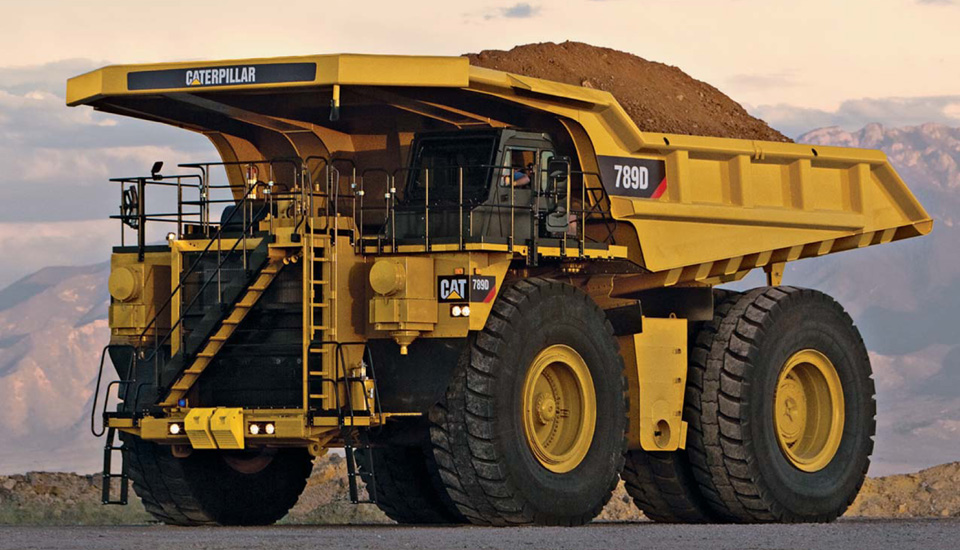Caterpillar (CAT) is a manufacturer with a large presence in multiple industries.
The company can be considered an agriculture stock because many of its machines are used in the farming industry. But Caterpillar goes beyond agriculture…

The company breaks its operations down into 3 broad segments:
Caterpillar’s diversification has not disappointed over the last few years. In fact, the stock has rallied 150% since early 2016 but has remained range-bound this year.
In addition, while it is expected to post record earnings this and next year, it is trading at a markedly low P/E ratio. Therefore, the big question is whether the stock will resume its rally.
Business performance
Caterpillar is enjoying strong momentum in all its segments. The strongest tailwinds are the trends observed in the construction segment in North America and China and the onshore oil and gas activity in North America. The company grew its revenues by 24% in Q2 and almost doubled its earnings per share. In addition, management significantly raised its guidance for the adjusted earnings per share of this year, from $10.25-$11.25 to $11.00-$12.00. As there are absolutely no signs of fatigue in its business momentum, Caterpillar is poised to achieve all-time high earnings per share this and next year.
Valuation
Given the exciting momentum of the company, some investors are surprised that the stock is trading at a markedly low P/E ratio of 13.2. This P/E ratio is far lower than the average of the market and seems too low for a stock that is on track to achieve record earnings next year.
However, investors should realize that Caterpillar is a highly cyclical stock due to the nature of its customers. The performance of the company greatly depends on the prevailing economic growth and the trend in commodity prices. As a result, its performance record has been remarkably volatile. To be sure, its earnings per share plunged 75% in the Great Recession and 46% in the recent downturn of the oil market. As a recession has not shown up for nine consecutive years in the U.S., this risk factor should not be underestimated, particularly given the rising interest rates, which tend to reduce the total amount invested in the economy.











Leave A Comment